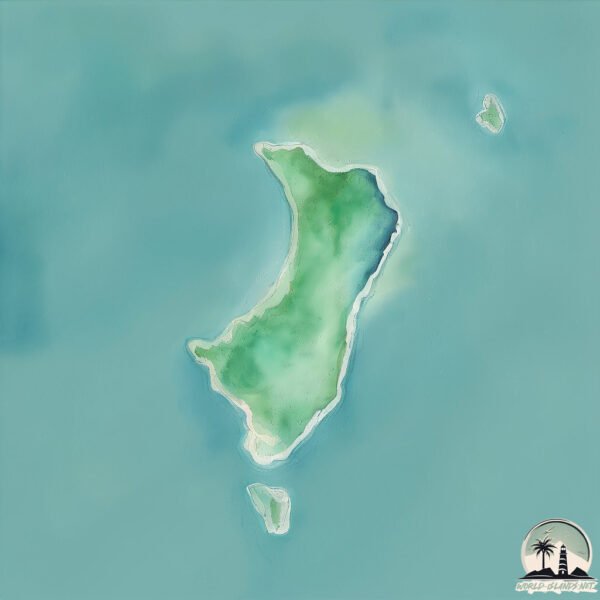Pulau Leer

Welcome to Pulau Leer, a Tropical island in the Arafura Sea, part of the majestic Indian Ocean. This guide offers a comprehensive overview of what makes Pulau Leer unique – from its geography and climate to its population, infrastructure, and beyond. Dive into the details:
- Geography and Size: Explore the island’s size and location.
- Climate and Weather: Weather patterns and temperature.
- Topography and Nature: Uncover the natural wonders of the island.
- Infrastructure and Travelling: Insights on reaching, staying, and making the most of your visit.
- News and Headlines: Latest News.
Geography and size of Pulau Leer
Size: 4.924 km²
Coastline: 12.3 km
Ocean: Indian Ocean
Sea: Arafura Sea
Continent: Oceania
Pulau Leer is a Small Island spanning 4.9 km² with a coastline of 12.3 km.
Archipel: Melanesia – A subregion of Oceania in the southwestern Pacific Ocean, including countries like Fiji, Solomon Islands, and Vanuatu, known for their diverse cultures and languages.
Tectonic Plate: South Bismarck – Located north of New Guinea and east of the North Bismarck Plate, involved in complex interactions with the Pacific Plate, contributing to the region’s seismicity.
The geographic heart of the island is pinpointed at these coordinates:
Latitude: -6.20382563 / Longitude: 134.86446556
Climate and weather of Pulau Leer
Climate Zone: Tropical
Climate Details: Tropical Rainforest Climate
Temperature: Hot
Climate Characteristics: This climate is typified by heavy rainfall throughout the year, high humidity, and consistently high temperatures, leading to lush rainforests and rich biodiversity. Seasonal temperature variations are minimal.
Topography and nature of Pulau Leer
Timezone: UTC+09:00
Timezone places: Asia/Tokyo
Max. Elevation: 25 m
Mean Elevation: 14 m
Vegetation: Mangrove Forest
Tree Coverage: 96%
The mean elevation is 14 m. The highest elevation on the island reaches approximately 25 meters above sea level. The island is characterized by Plains: Flat, low-lying lands characterized by a maximum elevation of up to 200 meters. On islands, plains are typically coastal lowlands or central flat areas.
Dominating Vegetation: Mangrove Forest
Found in coastal areas and river deltas, these unique wetland ecosystems are adapted to saline conditions and are crucial for coastal protection and biodiversity. Pulau Leer has a tree cover of 96 %.
Vegetation: 6 vegetation zones – Very Highly Diverse Island
Islands in this range are ecological powerhouses, showcasing a wide array of vegetation zones. Each zone, from lush rainforests to arid scrublands, coastal mangroves to mountainous regions, contributes to a complex and interdependent ecosystem. These islands are often hotspots of biodiversity, supporting numerous species and intricate ecological processes.
Infrastructure and Travelling to Pulau Leer
Does the island have a public airport? no.
There is no public and scheduled airport on Pulau Leer. The nearest airport is Karel Sadsuitubun Airport, located 238 km away.
Does the island have a major port? no.
There are no major ports on Pulau Leer. The closest major port is AMAMAPARE, approximately 278 km away.
The mean population of Pulau Leer is 14 per km². Pulau Leer is Gently Populated. The island belongs to Indonesia.
Continuing your journey, Pulau Mimien is the next notable island, situated merely km away.
Palau is an island paradise standing up to the world



Indonesia is classified as Emerging region: MIKT: Mexico, Indonesia, South Korea, and Turkey – Economies recognized for their development potential and emerging market status. The level of income is Lower middle income.
News – Latest Updates and Headlines from Pulau Leer
Stay informed with the most recent news and important headlines from Pulau Leer. Here’s a roundup of the latest developments.
Please note: The data used here has been primarily extracted from satellite readings. Deviations from exact values may occur, particularly regarding the height of elevations and population density. Land area and coastline measurements refer to average values at mean high tide.
